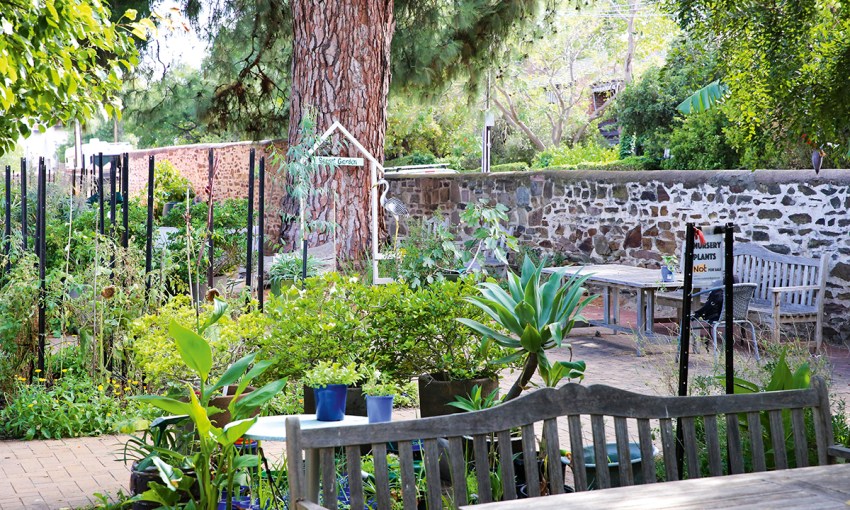Each Saturday morning, a group of inner-city gardeners tends to an ecosystem that is cultivating more than just fruit and veggies.
Gardening for good health
Built in 1865 on the edge of the South Parklands, Waverley House is one of the oldest two-storey mansions to survive in the south-east corner of the city, with its grounds still covering a full town acre. Today the building is occupied by medical specialists and owned by St Andrews Hospital.
In the past decade, the grand building and heritage-listed stone wall have provided a backdrop to a wonderful community garden managed by about 15 volunteers known as the Secateurs Group. Their organic, pesticide-free garden is a community of plants, birds and insects that work together in a cohesive, balanced system full of mutually-beneficial relationships.
Among the many plots of seasonal vegetables, orange-flowered calendulas grow as companion plants for their ability to keep pests at bay and help soil health. Wormwood hedges also act as a natural insecticide to combat bugs. Bees are busy gathering nectar and pollinating the vegetables, while the Monarch butterfly is drawn to the milkweed plant to lay its eggs.

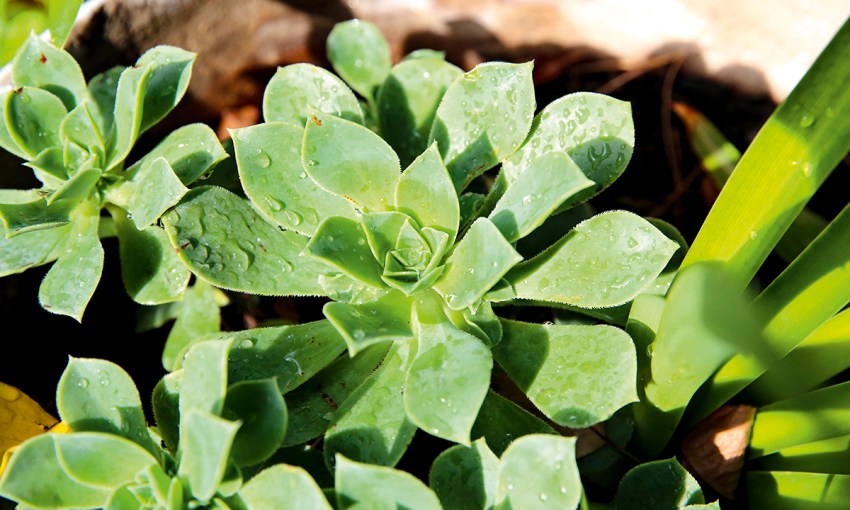
Cooperative relationships also extend to the humans who have a connection with the garden. In 2010 a group of inner-city gardeners got together via a letter-box drop and started looking for a location to start a community garden. A partnership was struck with St Andrews Hospital, which gave them free rein to develop a garden on the Waverley House grounds, with an old coach room to keep their tools in. At the time, the garden was barren, other than a few sad rose bushes and a water feature, from which the fountain had been stolen.
Secateurs member Sia Booth says the garden provides an oasis-like escape for staff, patients and their visiting family members. “We’re all winning in this situation,” Sia says. “When the patients come down to the garden they’ve got great big smiles on their faces. Some come down every morning — the nurses even bring them out on their beds. It’s gratifying to see.”
The full Secateurs Group gather here each Saturday to tend to the garden, stopping work for a cup of tea or a barbecue. All members reside within the CBD and those who do not have room for a home garden relish the opportunity to get their hands dirty and socialise with fellow gardeners. “Our members come from all walks of life — some people who are retired and some still in the workforce. Some join for therapy, while others are frustrated that they don’t have the space to garden at home,” Sia says.
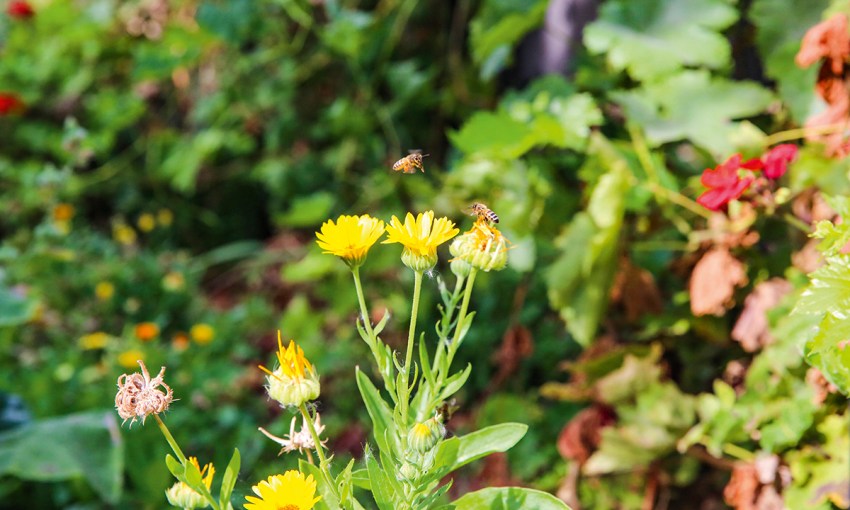

The group shares seasonal produce from the garden, with the summer’s crop of tomatoes, cucumbers, pumpkins and sunflowers making way for winter crops such as broad beans. The gardeners have fought off attacks from a range of pests, but the birds often win out in the fight for apricots and plums. “We had an infestation of earwigs and we got rid of those. We had snails galore and we got rid of those too,” Sia says.
Children from a nearby childcare centre regularly visit to play in the Secret Garden, while those visiting the hospital are captivated by fruit growing on the banana palms and are excited to fossick in the strawberry bush for ripe berries.
The Secateurs Group even harvests bananas from the palms. Plastic is wrapped around the bunches to ripen them in an artificially tropical environment. “The children are fascinated to see where a banana actually comes from,” Sia says. A potted fig provides a sweet morning snack and there are also mandarin, peach and citrus trees, all planted in pots so they don’t take over the garden. The gardeners are optimistic that for the first time their avocado tree will produce fruit this year.

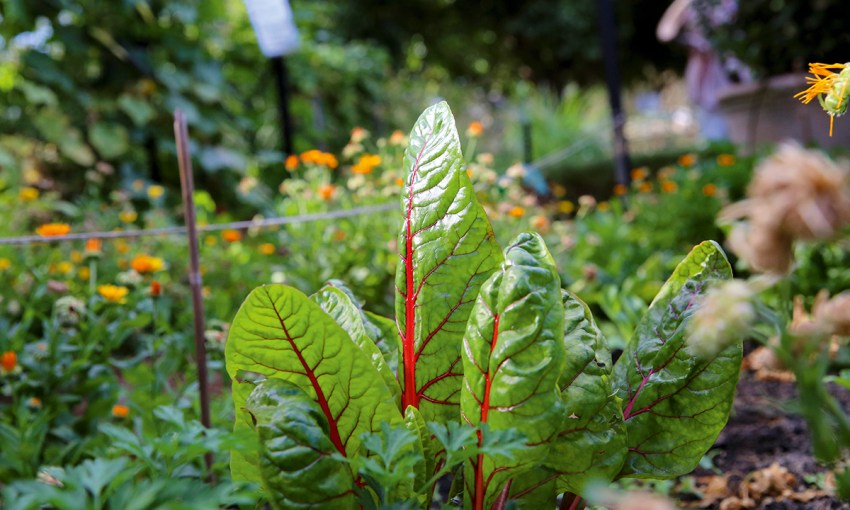
An enormous old Canary Island pine stands tall over the garden. The pine had a sister tree nearby, which died after the millennium drought, and it seems water from the garden helped the remaining tree to survive. The shade is helpful in summer, but not in winter when areas of the veggie patch are completely shaded all season. However, the ornamental pears, apricot and plum trees lose their leaves and expose other patches to sunlight. The leaves are gathered up and used as mulch throughout the garden.
The Secateurs Group also acts as a plant hospital, accepting sick plants from the community and bringing them back to good health. The plants are either sent back home or stay on as new residents at Waverley House. A number of plants are for sale to help cover costs of fertiliser and tools.
A recent addition to the grounds is a sensory garden, which Sia designed as a quiet space for patients to sit. “It has lovely smells and lots of colour with rosemary, lavender and salvia, a fig tree which should grow and cascade over the top, and murraya hedge which has beautiful fragrant white flowers.” The trickling of the nearby water fountain provides a soothing backdrop to this area on the boundary closest to the hospital.
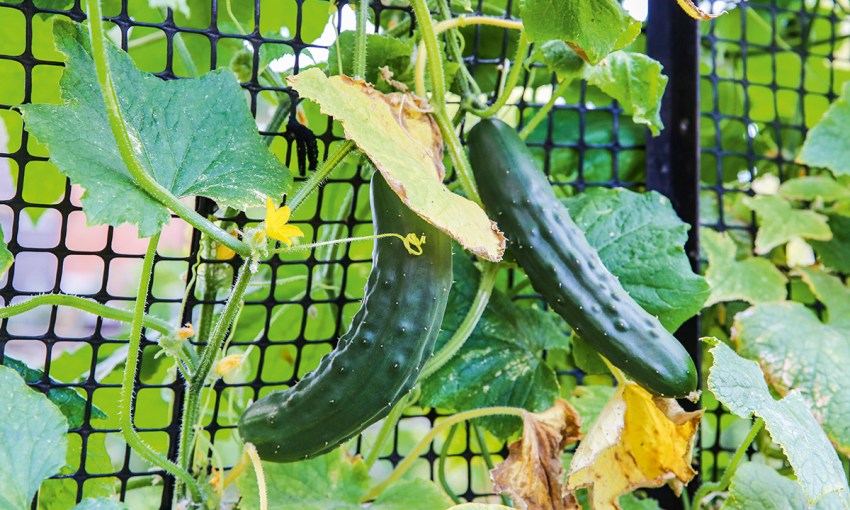
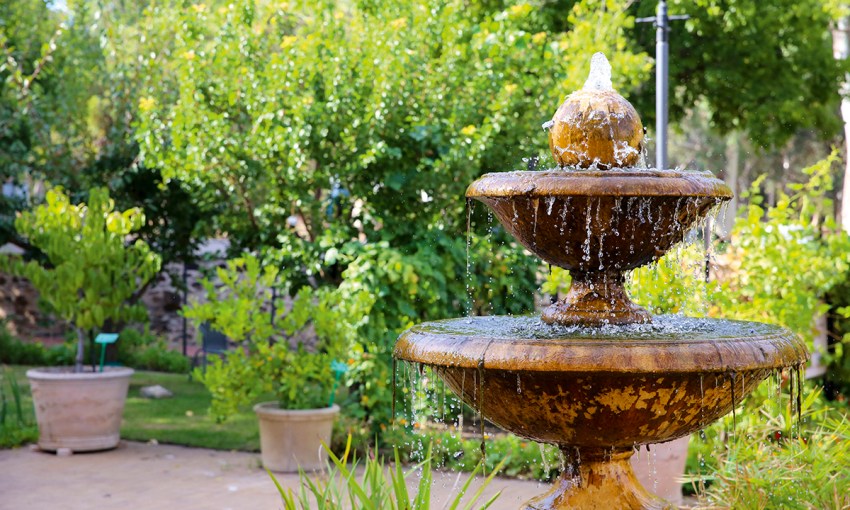
Sia says gardening does wonders for her own health. “On days that I feel things are getting on top of me I just come out here with my secateurs and start pruning and digging; it’s amazing how much better I feel. We’re all in it for different reasons and that’s mine.”
This story first appeared in the Winter 2019 issue of SALIFE Gardens & Outdoor Living magazine.



